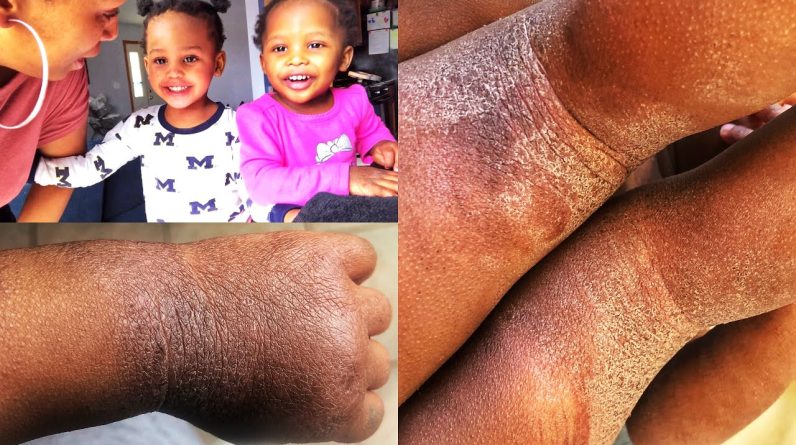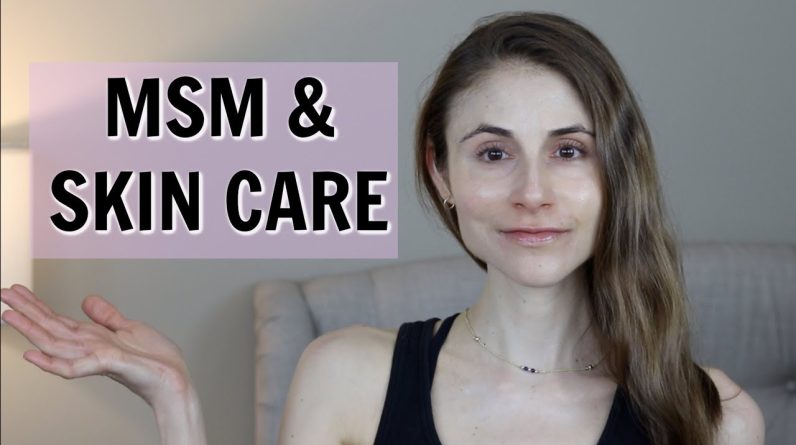For much more on vitiligo treatments and phototherapy
For lots of up to date procedures and videos
Realself reviews:
Google + for up to date info. Posted daily.
Vitiligo is a common autoimmune disorder affecting the pigment producing
cells. In Brisbane, up to 2% of the population will have vitiligo.
Frequently involved sites include the face, including the
perioral and periocular areas, flexural areas, acral areas of the hands and
feet, and around naevi. Hair roots may also be involved, a condition known as
‘poliosis.’ One third of vitiligo patients have a family history of autoimmune
disorders including thyroid disease, diabetes and pernicious anaemia.
The primary aim of management is to halt the progression of depigmentation,
and if possible obtain repigmentation of effected areas.
Conservative management: It is appropriate to consider whether initial
treatment maybe to use no active treatment other than a high factor
sunscreen and camouflage cosmetics. This especially applies to stable, nonprogressive
vitiligo in fair skin patients.
Topical treatment: Trial of a potent topical corticosertoid for 8-10 weeks.
Consider Diprosone ointment for trunk and body, Advantan ointment for
facial areas. Topical corticosteroids must be used with caution, monitor for
skin atrophy.Topical steroid sparing agents such as Tacrolimus should be considered as adjunctive treatment,or alternatives to steroids. These preparations are not associated with skin
atrophy, however skin irritation maybe commonly encountered.
Phototherapy: The use of narrowband phototherapy has replaced PUVA
due to the superior efficacy and improved safety profile. Narrowband
phototherapy should be considered if vitiligo is widespread, progressive
or in patients who fail topical modalities. It should also be considered in
patients with a significant impact on their quality of life. A minimum of 30-50
phototherapy sessions are needed to determine efficacy.
Lasers in Vitiligo treatment: The role of lasers in the treatment of
vitiligo is limited. Clinical trials using fractional lasers for stable vitiligo are
currently being undertaken in various International centers and at Westside
Dermatology. The laser of choice is the Eximer 308- however in most cases this is not covered under insurance, unlike phototherapy.
Psychological treatments and support groups: The impact of this condition
is often underestimated. Consider psychological and support group referral.
Support groups can be arranged via vitiligo.org
Investigations for vitiligo: Given the strong association with autoimmune
conditions, screening thyroid function tests, glucose level and B12 levels
should be conducted at baseline, and repeated every 2 years, earlier if there
are clinical indications. Diet can play a role in the treatment of vitligo. I supplement my patients with Vitamin D and Gingo at 40-60 mg daily.
Thanks for watching- please do not ask me if I know anyone else around the World who owns a phototherapy device, as I really do not know of other dermatologist who may or may not treat vitligo.
Dr Davin Lim, Vitligo expert. Dermatologist. Brisbane Australia
For bookings to see if you are suitable for phototherapy, call reception on 07 38713437. A referral is needed as I am a Specialist Dermatologist.
source








